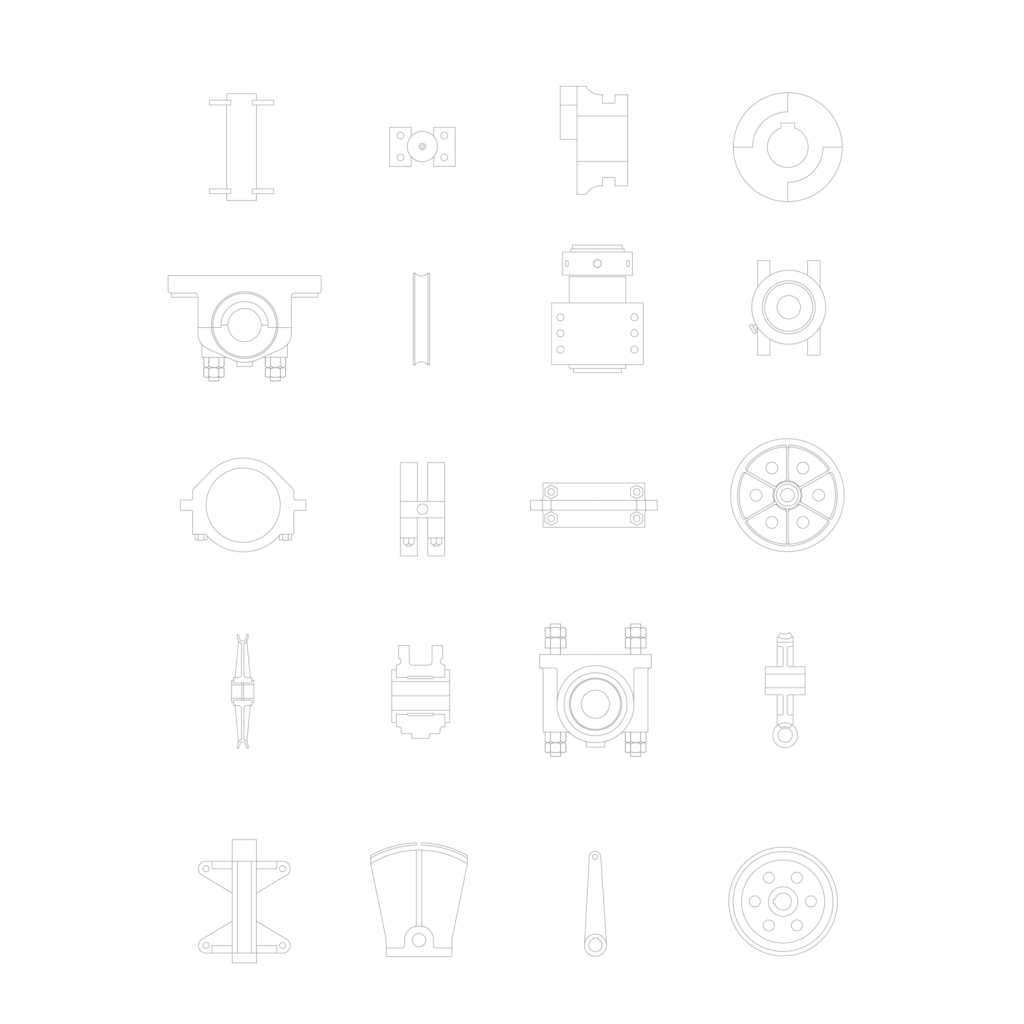
Re-produce the past for the future
Gothenburg is going through an extensive transformation. Central areas located around the harbor that in the past where reserved for Gothenburg’s several important industries, is today under development, as many of the industries by time closed down.
The intent of this project is to build a connection between the past and the future to create a sense of continuation in the architectural landscape. Because, as time goes a significant cultural-historical period in Gothenburg risk to be forgotten. The focus is to explore a set of methods to interpret references from that period of time in Gothenburg and reframe in four contemporary architectural proposals that reminiscence of a significant period of time in Gothenburg.
Since the birth of Gothenburg in 1600s the shipping industry has been the vein of the city. In the 1800s three shipyards where founded in Gothenburg that later developed to be the largest in Sweden; Göteborgs Mekaniska Verkstad, AB Lindholmens Varv and Eriksbergs Mekaniska Verkstads AB. The shipyards together with the import and export made Gothenburg to the most important harbor in Scandinavia in the beginning of the 1900s. Götaverken had in the 1930s become the largest shipbuilding company in the world with almost 6000 employees. But, the shipyard crisis in the 1970s had a large effect on the industry and an era of shipbuilding in Gothenburg ends.
The process of the project is structured under the word production. Production is described: the action of making or manufacturing from components or raw materials. Production relates to the situation of this project; the industry and the chain of acts that exist in an industrial production system where every part in the process are connected and dependent on each other in order to generate a product. The process is structured around three phases; form, operate and mount.
The starting point for this project is a set of specific drawings that could be traced back to Götaverken and the industrial landscape that once existed. The drawings dated 1915 are commissioned to be made at Götaverken and represent various mechanical components that where produced at the shipyard. The project deals with the following question; how can we develop methods to materialize the connection between the past and future?
Keywords: industrial landscape, critical regionalism, contextualism
Contact: philippajibing@gmail.com
